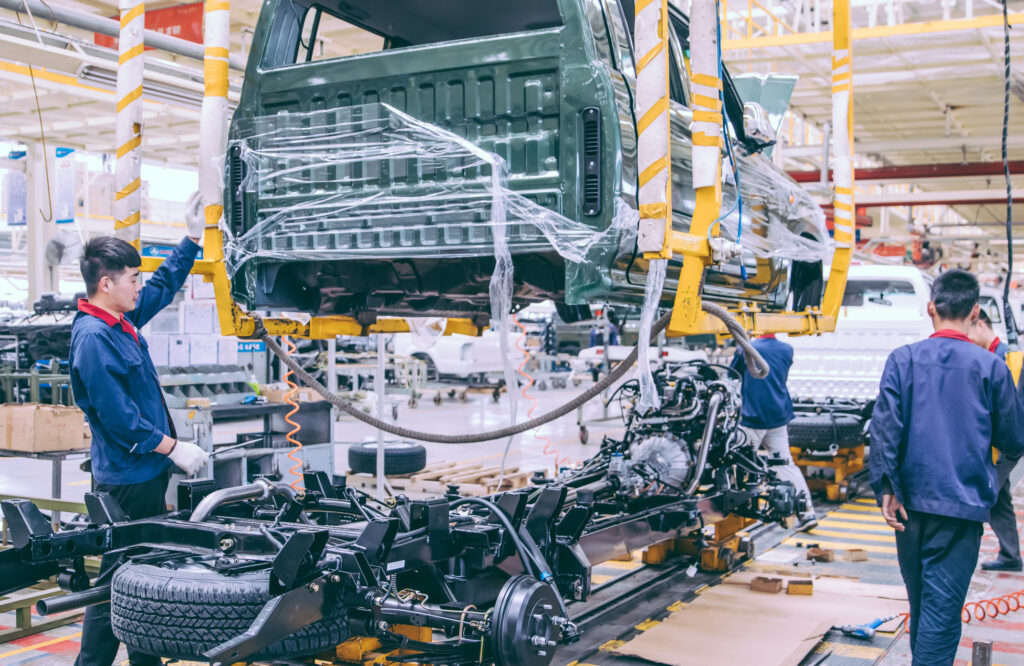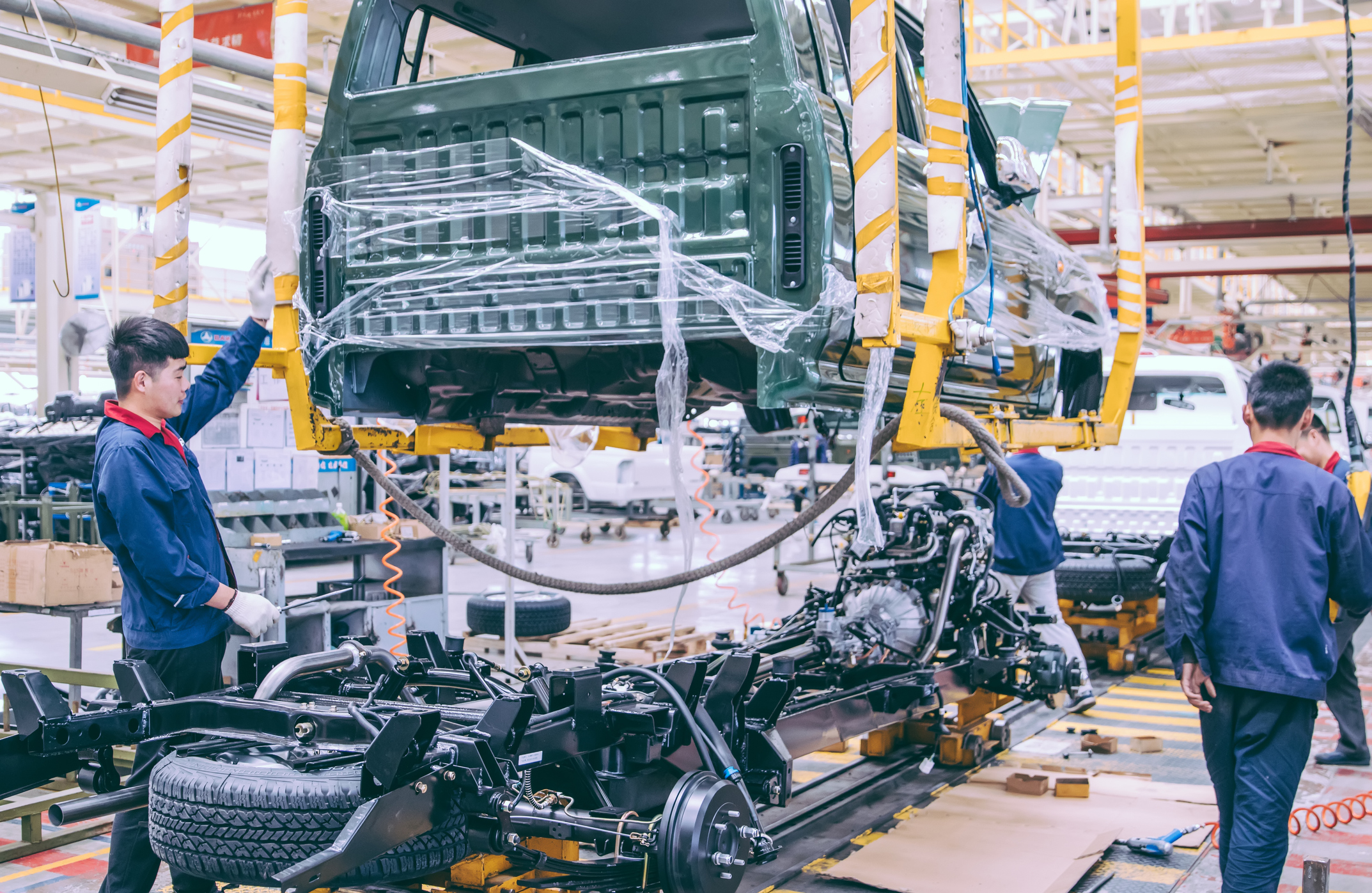By: Sebastian Marrero

China’s economy has historically been an ambitious one. Traditionally focused on low-value-added, low-wage textiles and clothing manufacturing, China has in recent decades asserted itself as a burgeoning superpower in the global economy. Industries such as semiconductors, information technology, and robotics have seen enormous growth in recent decades due to policies geared towards mixing government planning with elements of private enterprise. Beginning in the early 1980s, ambitious economic reformers like Deng Xiaoping laid a mixed economy foundation that allowed small to medium-sized enterprises to perform robust R&D, onboard foreign talent, and manufacture its own technologies while receiving unbridled support from the government. Decades later, the country has secured itself as a technological powerhouse on par with the West.
Recent trends in China’s shift towards a technology-focused and high value-added economy have prompted new industrial policy overhauls, namely that of Made in China 2025 (MIC 2025), a plan aiming to achieve self-sufficiency and independence in 10 key industries where the country currently lacks expertise and authority. Established in 2015, the plan sought to achieve these outlooks through a variety of tactics and strategies, namely foreign acquisitions, substantial government funding, and forced technology transfers.
Among the plan’s most effective and contentious strategy, forced technology transfers (FTTs) have allowed Chinese enterprises to access foreign expertise and intellectual property through the forced transfer of critical data and information from international companies, offering one of the largest consumer markets in the world in return – a tough cost to bear for many firms seeking to safeguard their technology. Facing heavy condemnation from the global community, China sees forced transfers as an integral step in carrying out MIC 2025, and has continued to borrow classified company data in hopes of achieving beneficial outcomes in both domestic and international markets. Despite the controversy, Does the practice have certain merits that could potentially justify its continuation? This article will briefly delve into how it may actually be a reasonable and justifiable practice for developing countries to emulate.
Let’s start with the obvious. Forced transfer agreements allow China to require foreign companies to transfer important data and expertise to Chinese companies as part of joint ventures, all without violating commitments to the World Trade Organization (WTO). As Brad W. Setser of the Council of Foreign Relations puts it, China’s joint venture rules rake in outside technologies ranging from high-speed rail to electric vehicle batteries. The key in this tactic is “linking inward investment in China to technology transfer to Chinese firms.” This, of course, does wonders for Chinese firms that have lagging expertise in fields currently dominated by international firms, such as Japan’s Kawasaki in high-speed rail. Despite the WTO’s mandate barring China from requiring foreign investors to transfer important technology, the country has significant leeway in determining which sectors are open to foreign investment and which sectors aren’t, and it can “condition approval of inward investment on forming a joint venture (JV partner).” For state-backed enterprises involved in joint ventures in MIC 2025’s key industries, forced transfer agreements stimulate levels of “indigenous” innovation, which is then used for “the creation of an ‘indigenous’ Chinese national champion.” For both the high speed rail and electric motor vehicles industry – two of the ten key industries mentioned in MIC 2025 – foreign companies seeking contracts and access to China’s markets must enter into JVs with Chinese state companies, additionally needing to shift the physical location of production into China. Contractual agreements such as these are something that foreign companies must agree to in order to gain access to China’s massive market, allowing the Chinese government to cultivate its own indigenous innovation.
Outside of the benefits to the development of indigenous capabilities within the country, forced technology transfers may actually be “a pretty good idea”, according to Jeff Spross of The Week in his op-ed “China’s forced technology transfer is actually a pretty good idea.” Terminating the practice in regards to Chinese FTT strategies may be a beneficial idea for American and Western companies, but, if one expands their view beyond what China is doing with FTTs, expanding its practices around the world may start to sound like a good idea.
Take the rest of the developing world, for example. If any developing country were to seek development, they would begin this process by entering the global market and opening themselves up to wealthy foreign investors. Additionally, they would need to set up a robust system of importing advanced products that actually contribute to raising the quality of life and socioeconomic conditions. Thus, they would encourage their low-cost, low-skilled labor to specialize in low-value-added manufacturing for export to Western countries while importing high-value-added products from those same countries. The issue here is the inevitable risk of falling into a trade deficit, since developing countries could run short of U.S. dollars needed to purchase these high-end imports. The developing economy can borrow more U.S. dollars to close this gap, but not without inciting a default crisis, since the debt of those borrowed dollars must also be paid in dollars which the developing country was short on to begin with.
The conventional fix to this issue is problematically one involving diplomatic austerity and a burden set on the developing country to increase the value of its local currency rapidly to closely match the parity of the U.S. dollar to pay off those debts. This often cripples the economy of the developing country, leading to widespread unemployment and recession.
The key to avoiding this, Spross argues, is for developing countries to “build their own domestic ability to produce the complicated, high-value products whose imports produces a trade deficit in the first place.” However, with a conventional open market, no foreign investor is willingly going to enter a foreign market and create competitors for itself. Instead, the developing countries must tightly regulate the interest of foreign investors in exploiting the country for cheap labor and inputs, and focus on regulations that create selective conditions where investors must cultivate technological innovation domestically and “that enhance the transfer of skills and transfer of technology.” Put succinctly, foreign investors must be willing to share their expertise, ideas, and business models with domestic partners in those developing countries.
China may very well have been the first to realize the immense potential in the application of FTTs, and it can serve as an example to the rest of the developing world as to the benefits associated with implementing foreign expertise in its own domestic innovation. Despite their arguable lack of necessity in requiring forced technology transfers as the second-largest global economy, many other developing countries can look to China as inspiration for raising living standards and the widespread adoption of this practice. Many countries in need can emulate what China has pioneered in the contentious but strategic practice.




